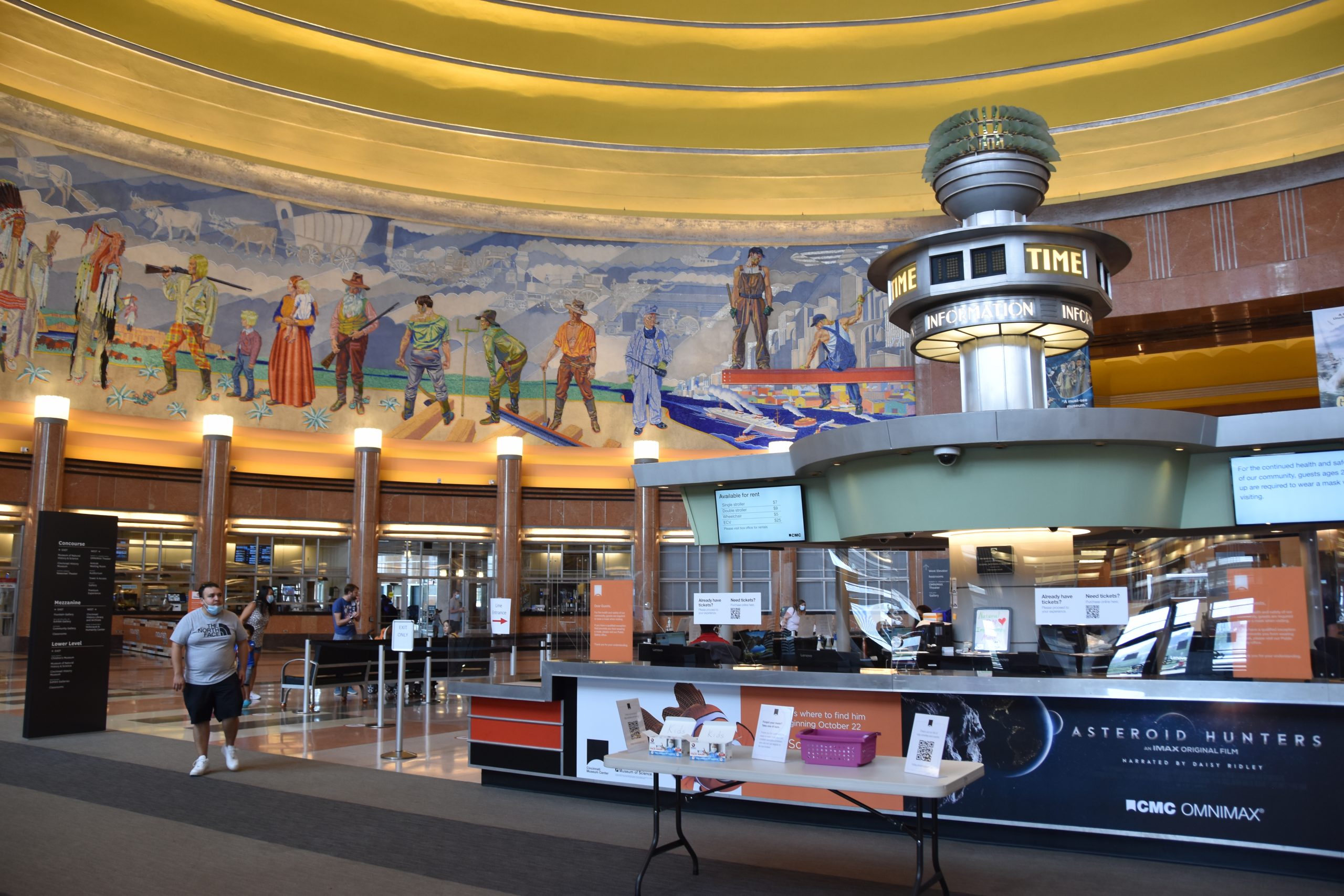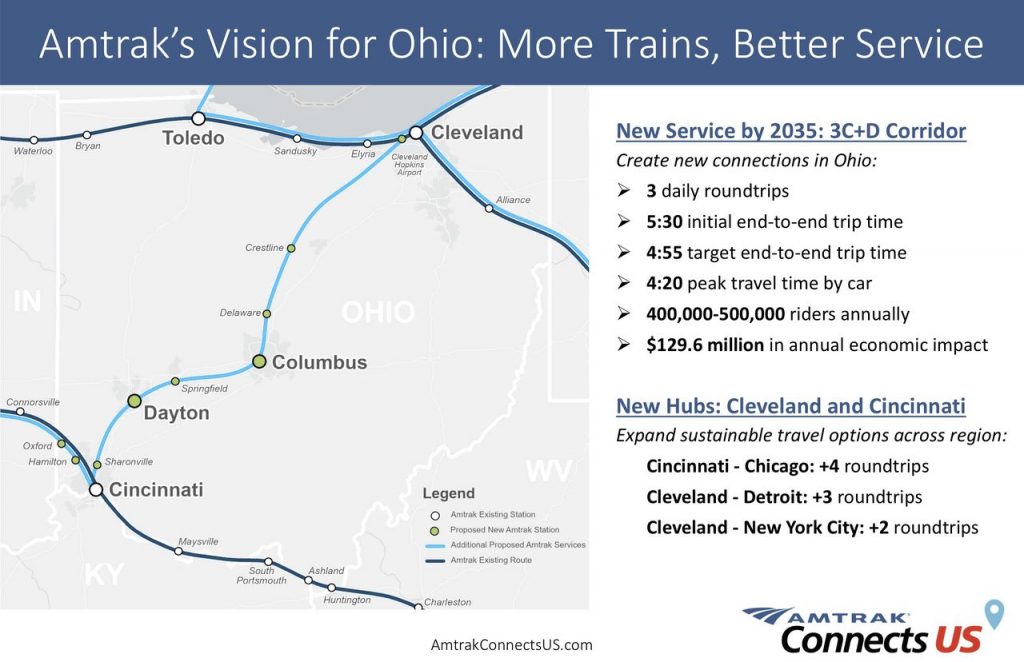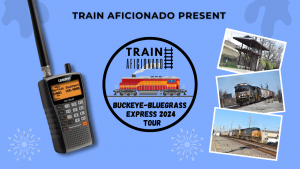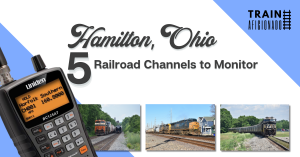
The return of the “Ohio State Limited” passenger service could be returning to Ohio… well sort of. New York Central Railroad started this intercity rail service in 1924 between Grand Central Terminal in New York City and Cincinnati Union Terminal. These daily trains would depart mid-afternoon and travel overnight 880 miles taking about 16 hours and 15 minutes from terminal to terminal. This service, connected the three largest cities in Ohio; Cleveland, Columbus, and Cincinnati. This passenger service was discontinued in 1971.
Back in 2021 Amtrak released its vision for expanding passenger rail service for 2035. Amtrak hopes to bring back intercity rail to the most populated areas across the country. On the table is the 3C+D Corridor which would connect Cleveland, Columbus, and Cincinnati once again. This service would run basically on the same 297 miles of tracks as the “Ohio State Limited”. The Midwest Regional Rail Plan Study estimates 3.1 million riders per year will use this corridor.
Proposed “3C+D Corridor” Stations
Estimated travel time 5 hours and 30 minutes.
Note *New Amtrak stations
– Cleveland, OH (Union Terminal)
– Cleveland Hopkins Airport*
– Crestline, OH*
– Delaware, OH*
– Columbus, OH*
– Springfield, OH*
– Dayton, OH*
– Sharonville, OH*
– Cincinnati, OH (Union Terminal)
Original “Ohio State Limited” Stations
Travel Time was 5 hours and 15 minutes.
– Cleveland, OH (Union Terminal)
– Galion, OH
– Columbus, OH
– Springfield, OH
– Dayton, OH
– Middletown, OH
– Cincinnati, OH (Union Terminal)
Many more Ohio cities and towns have expressed interest in having a station stop along this route.
Intercity Services
North Carolina – Piedmont
This intercity service seems very similar to North Carolina “Piedmont” running between Charlotte and Raleigh. This 173-mile route is a total of 9 stops taking 3 hours and 15 minutes. With its current schedule and only 3 round trips daily isn’t practical as a commuter service unless you are going a short distance on the line. The whole time I lived in North Carolina it was rare to see a train full or even at 50% full.
Ohio – 3C+D Corridor
The 3C+D service in Ohio will likely be the same. I doubt this will be something a commuter will use. Due to the time and frequency of the trains. Very much like the “Piedmont”, it would be 3 round trips daily. This would be ideal for a traveler that spends more than a day at their destination or looking to connect to other Amtrak routes. It’s going to be key to creating a schedule that will draw decent ridership.
Massachusetts, New Hampshire, and Maine – Amtrak’s Downeaster
An intercity rail service that has been a total success is Amtrak’s Downeaster service running between Boston, Massachusetts, and Brunswick, Maine. This route currently is 3 hours and 20 minutes, 145 miles with 12 stops across a total of 3 states. The major difference between this successful plan and both the proposed service in Ohio and the current service in North Carolina is the frequency of trains. The Downeaster has 5 daily rounds trips rather than 3. It is likely travelers are not going from terminal to terminal with the right AM and PM scheduling and 5 round tips make this line ideal for commuter or day visitors.
Thoughts…
My thoughts on having a successful intercity rail service it’s all about having that perfect formula of frequency and scheduling of the trains. I understand more round-trip trains end up costing more money. Not having enough round trips could deem the service not practical to use. With the right formula, I will quote the movie The Field of Dreams “If you build it, they will come.”


